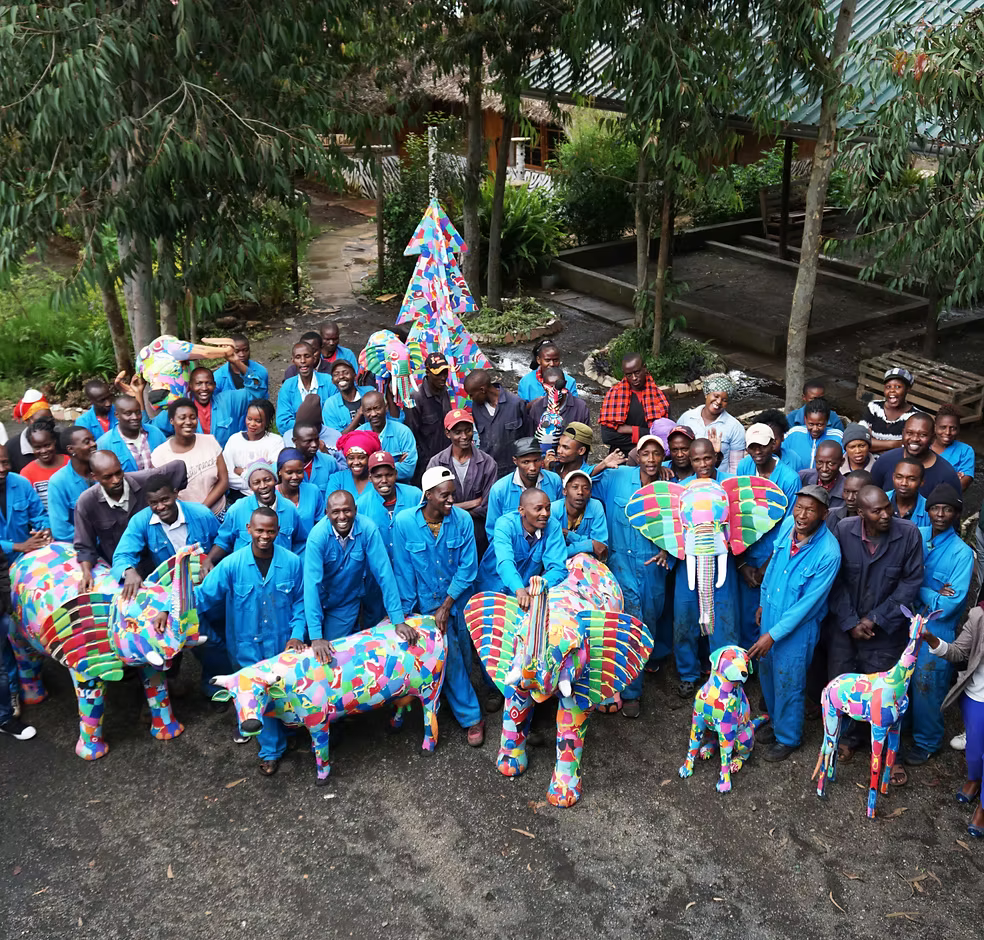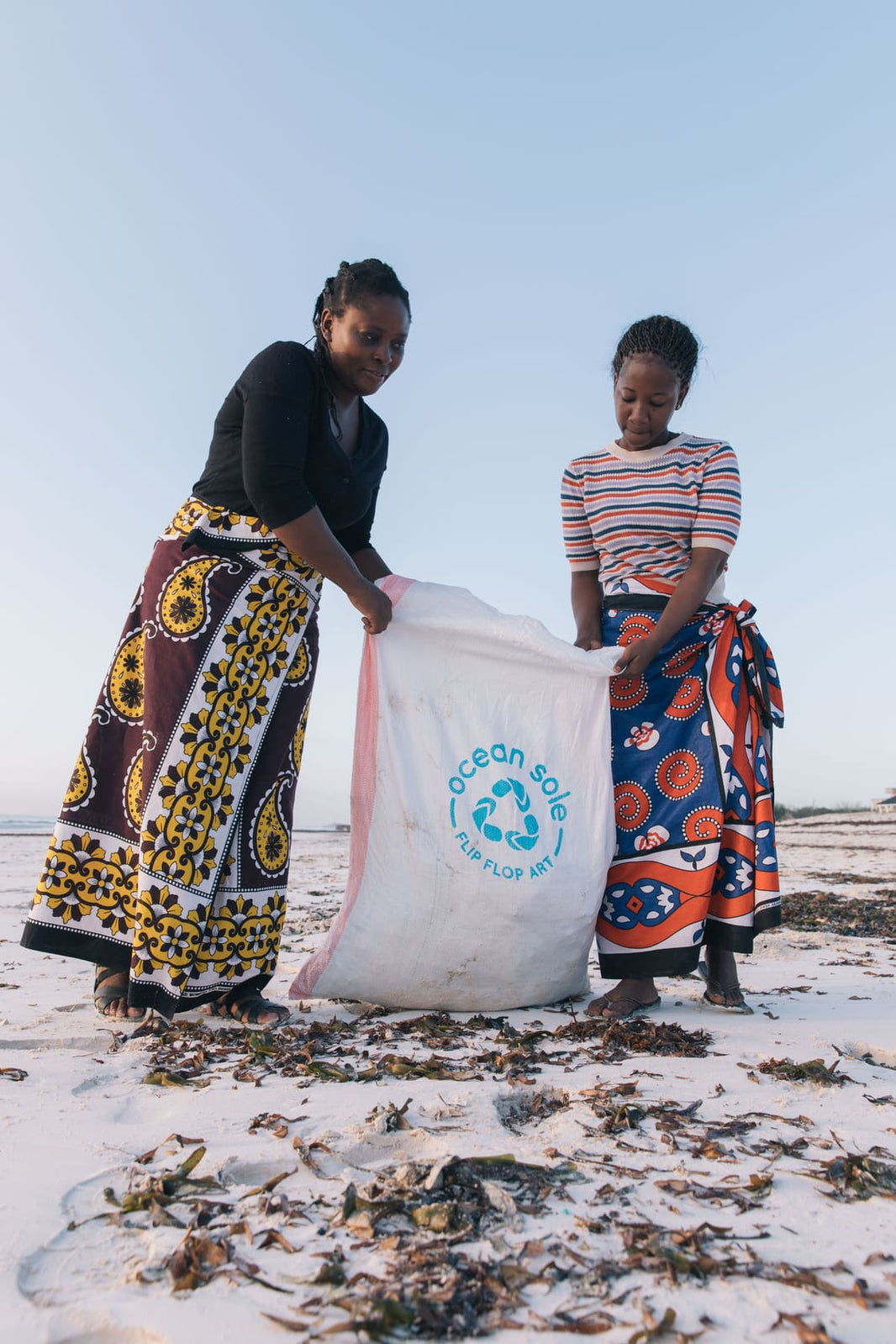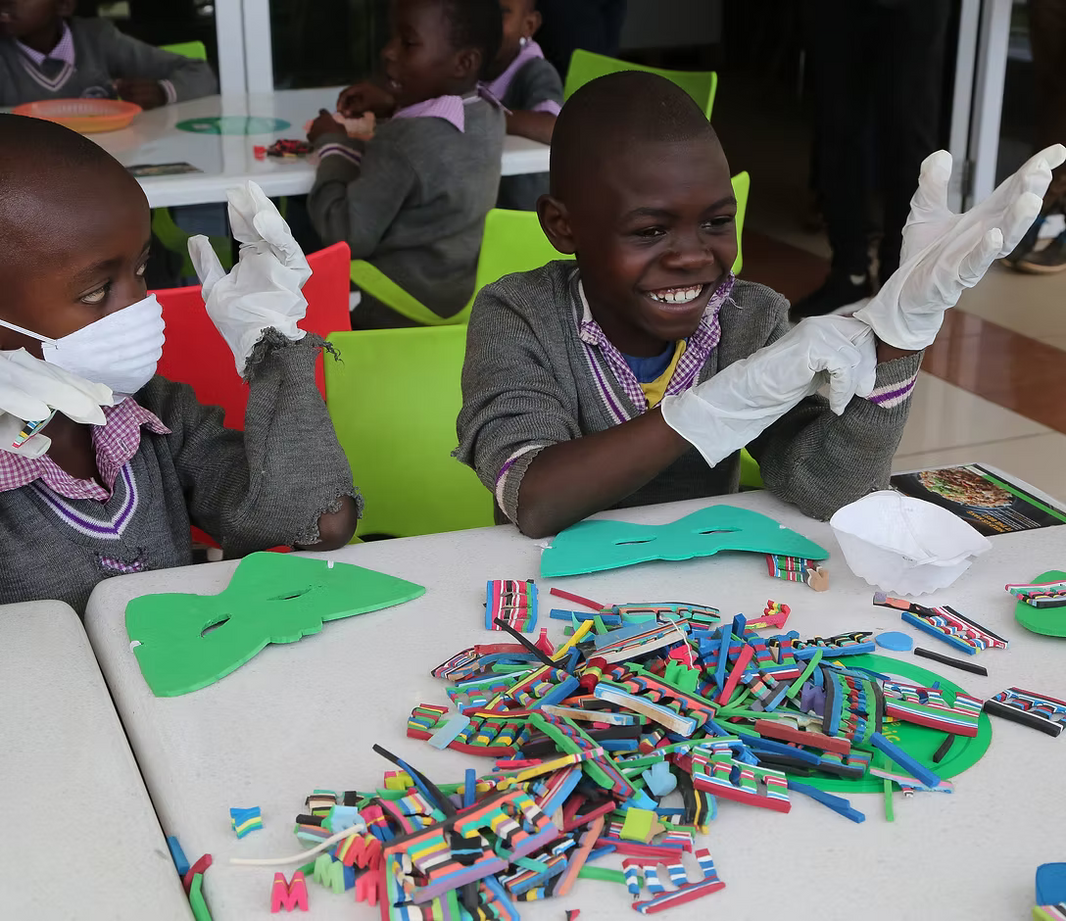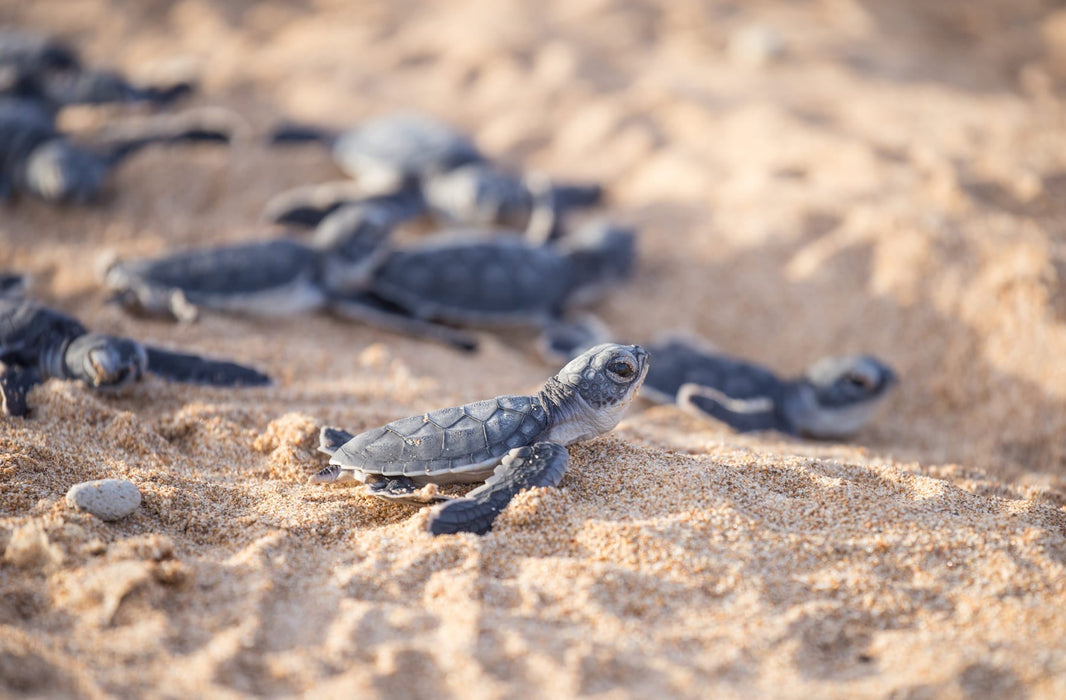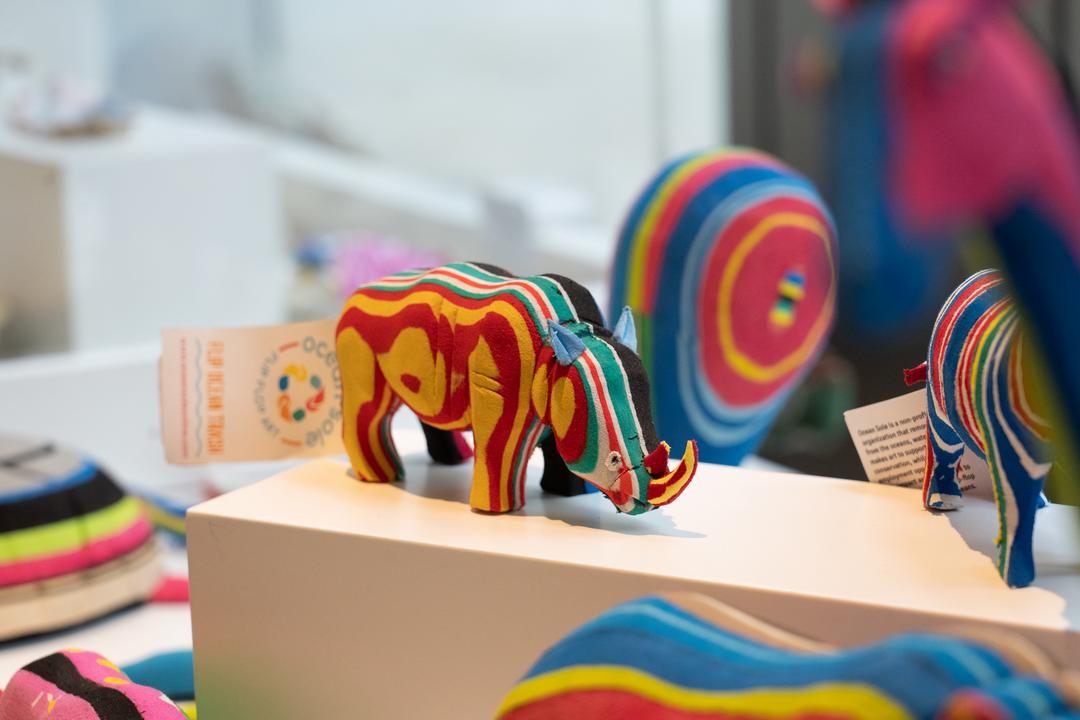February 27th is a day to celebrate polar bears and bring awareness to them. Currently listed by the International Union for Conservation of Nature (IUCN) as Vulnerable. This day was founded by the polar bear international organization
The day raises awareness about polar bears and their current challenges and threats. The polar bears of the world are presently located in Canada, Denmark, Norway, Russia and Alaska, USA. Below are some fun facts about polar bears!:
- They are omnivorous; their diet consists of seaweed, grasses, moss, lichens and seals hunted on the sea ice.
- Their skin is black, which is not easy to see because of their thick fur.
- They can swim for long distances at six mph in the water.
- Scientists have obtained their DNA through their footprints; how cool is that?!
- Male polar bears can weigh as much as ten men.
- They can smell their prey a kilometer away.
You’ve probably watched these majestic creatures on the Nat Geo channel, and you’ve never known the challenges they face. It’s not all fun and games in the Artic for the polar bears. Here are some of the hardships they face:
- Climate change- remains the biggest threat to the polar bear's survival. Polar bears rely heavily on the sea ice environment for travelling, hunting, mating, resting, and in some areas, maternal dens. In particular, they depend heavily on sea ice-dependent prey, such as ringed and bearded seals. Additionally, their long generation time and low reproductive rate may limit their ability to adapt to environmental changes.
- The exploitation of mineral and energy resources- Oil exploration by gas industries is making the polar bear face the risk of habitat destruction and loss. In addition, contact with oil spills can reduce the insulating effect of a bear’s fur, requiring them to use more energy to get warm, and can poison them if ingested.
- Human-polar bear conflicts- Melting sea ice from climate change has increased human-polar bear conflicts when hungry polar bears search for food in the summer. Fortunately, people are learning to adapt to the polar bear's presence and take preventative measures to reduce the risk of conflict.
- Pollution- Ocean currents transport waste to the Artic, exposing ocean wildlife to heavy metals and other pollutants. Litter and debris in the Artic can also harm wildlife that ingests it or become entangled in them.
- Tourism- This brings unwanted attention to the bears and can scare them away from parts of their habitats.
- Parasites and diseases- Warming in the Arctic can lead to the growth of parasites and, consequently, diseases in the Artic ecosystem which devastates polar bear.
From these facts, we need to act now before we ever live in a world without polar bears. What can we do to stop the decline of these species?
- Educate yourself and others- Knowledge is power. Learning everything you can about these wonderful creatures and passing down the knowledge is one way of saving them. There are many articles online that you can read and learn!
- Volunteer- You can offer to volunteer in organizations that actively advocate for the protection and conservation of the Artic and polar bears that reside in it. The World Wildlife Fund is a great example! Visit their website and learn how you can help!
- Adopt a bear- Well, not ADOPT one but figuratively adopt it. The World Wildlife Fund has a great program where you can adopt a bear and get a cool kit! All the money from their sales goes to help the conservation of these gentle giants' habitats.
- Follow the 3 R’s of waste management, Reduce, Reuse, and Recycle.
- Adopt an Eco-Friendly lifestyle- By adopting an eco-friendly lifestyle, you’ll be helping reduce pollution affecting polar bears.
- Support legislation that are geared toward the protection of polar bears.
At Ocean Sole, we are committed to helping the polar bear as much as possible. To raise and bring visual awareness to them, we make polar bear flip-flop sculptures which we display worldwide. We also teach everyone who visits us about the dangers of pollution to marine wildlife.

Polar bear Flip-Flop sculpture
We made a masterpiece of the Polar bear to help highlight their story;
This International Polar Bear Day, we encourage you to join the conversation and learn how to help! Blog about it, tweet about it, and spread the word! The polar bears are counting on us to be their voice.
#InternationalPolarBearDay
Email hello@oceansoleafrica.com for custom projects and creative ideas or to see how to stay connected & get involved with our mission!



